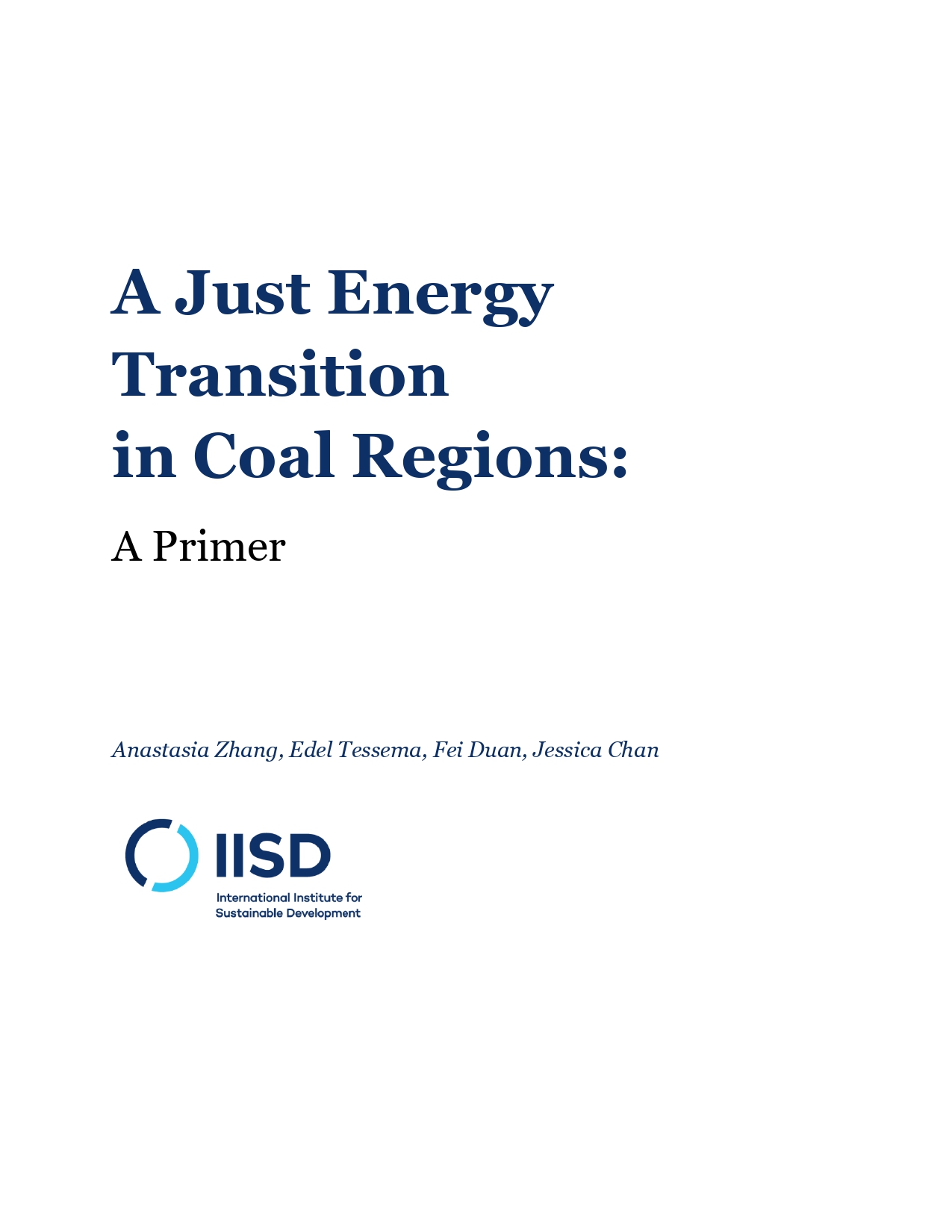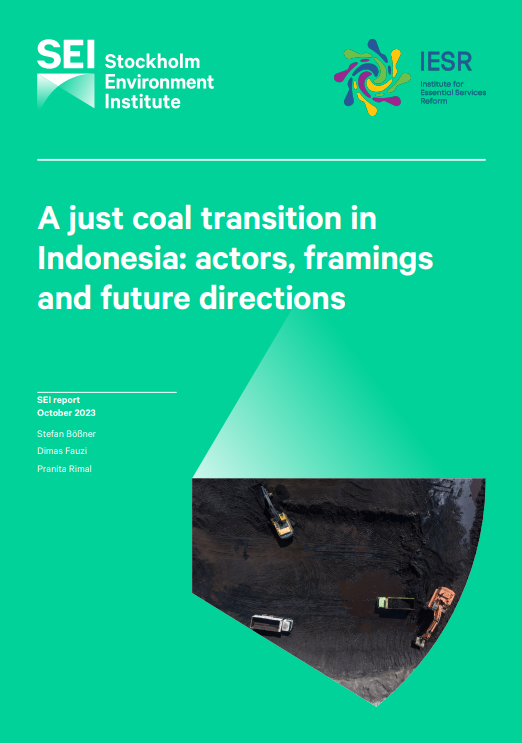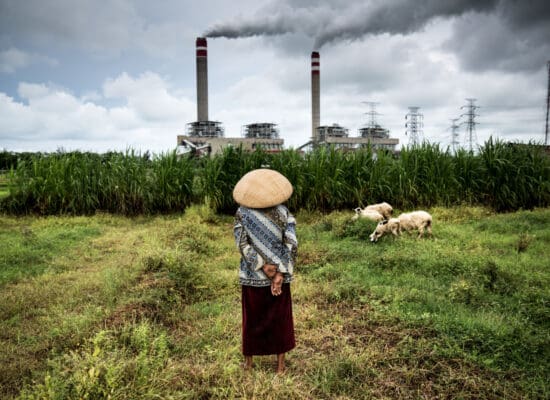Report
A Just Energy Transition in Coal Regions: A Primer
This primer outlines the basics of a just energy transition in coal regions: from definitions and social externalities to analytical frameworks, the main stages of the just transition process, and the roles of key stakeholders.
It was developed by a group of graduate students from the Johns Hopkins University School of Advanced International Studies (SAIS) in cooperation with the International Institute for Sustainable Development (IISD).
The primer also summarises ten key takeaways encompassing transition strategies, inclusivity, management, and future directions, with a case study on Indonesia’s Just Energy Transition Partnership (JETP).
In terms of strategies, the authors call for national governments to leverage industrial policy and direct investment for clean energy industries, develop consistent and non-conflicting guidelines on a just transition, and initiate meaningful social dialogues as early as possible.
On future directions, the primer explores how collaborative governance can help untangle a series of complex, interwoven priorities and power structures and provide a framework for multi-stakeholder initiatives pursuing a just transition.
The primer concludes by suggesting two critical approaches to drive a just transition: prioritising training opportunities and integrating social protection. In the short term, coal-mining companies and coal plants have a major role to play in creating green job opportunities by adding smaller-scale green assets and providing related training. The long-term strategy, however, requires collective effort from governments, trade unions, and financial institutions.
Stay Informed and Engaged
Subscribe to the Just Energy Transition in Coal Regions Knowledge Hub Newsletter
Receive updates on just energy transition news, insights, knowledge, and events directly in your inbox.



